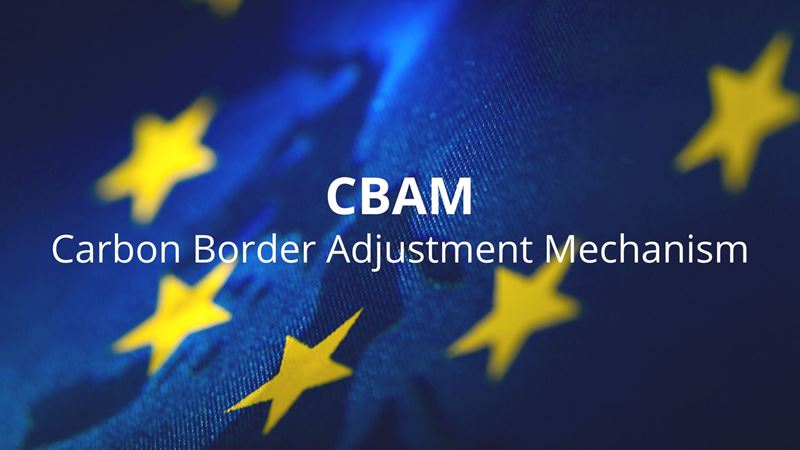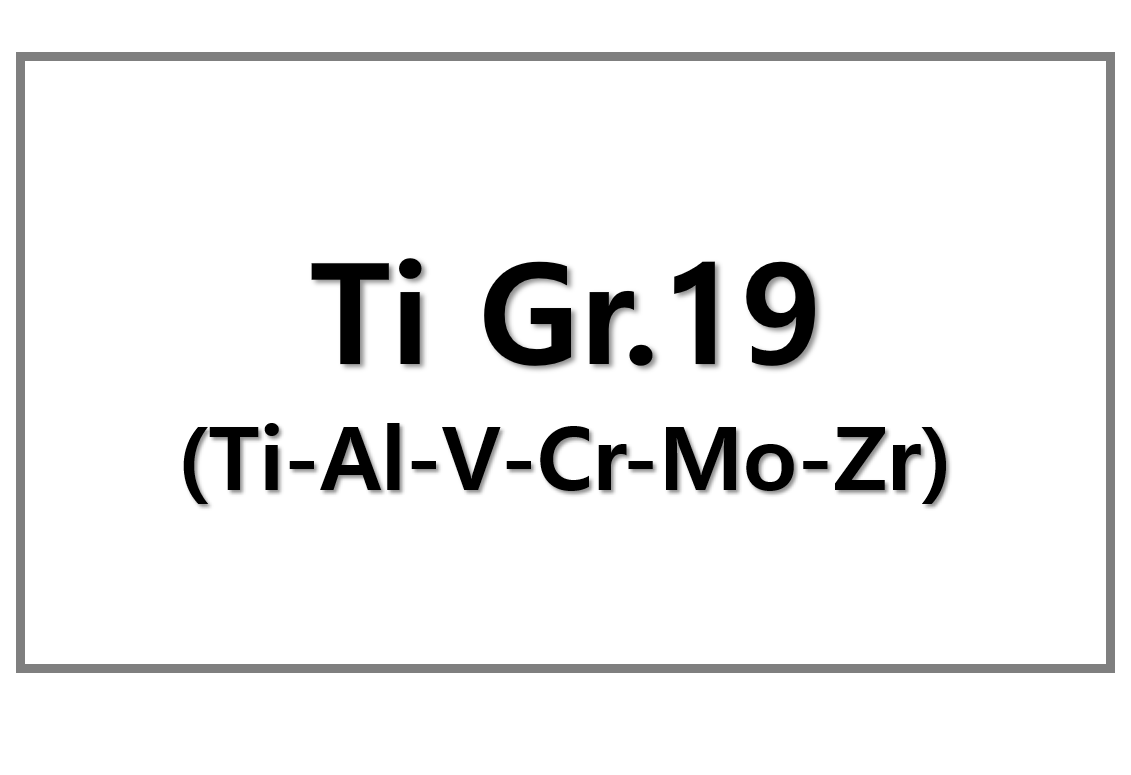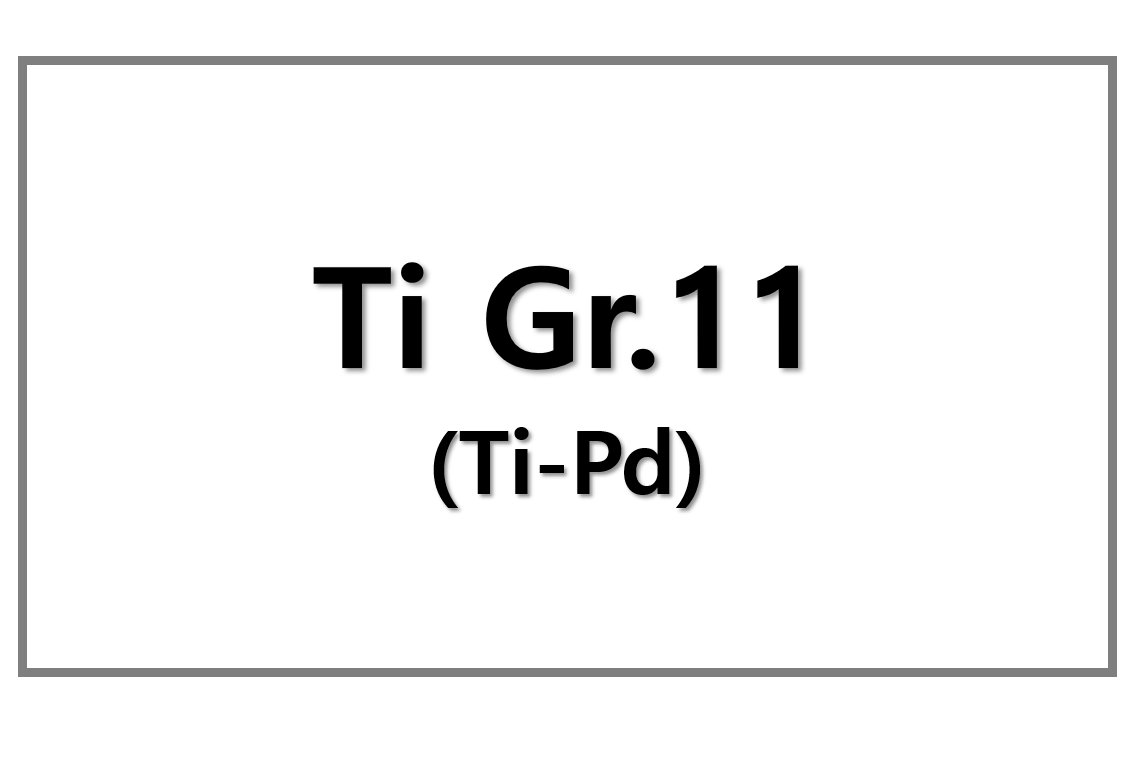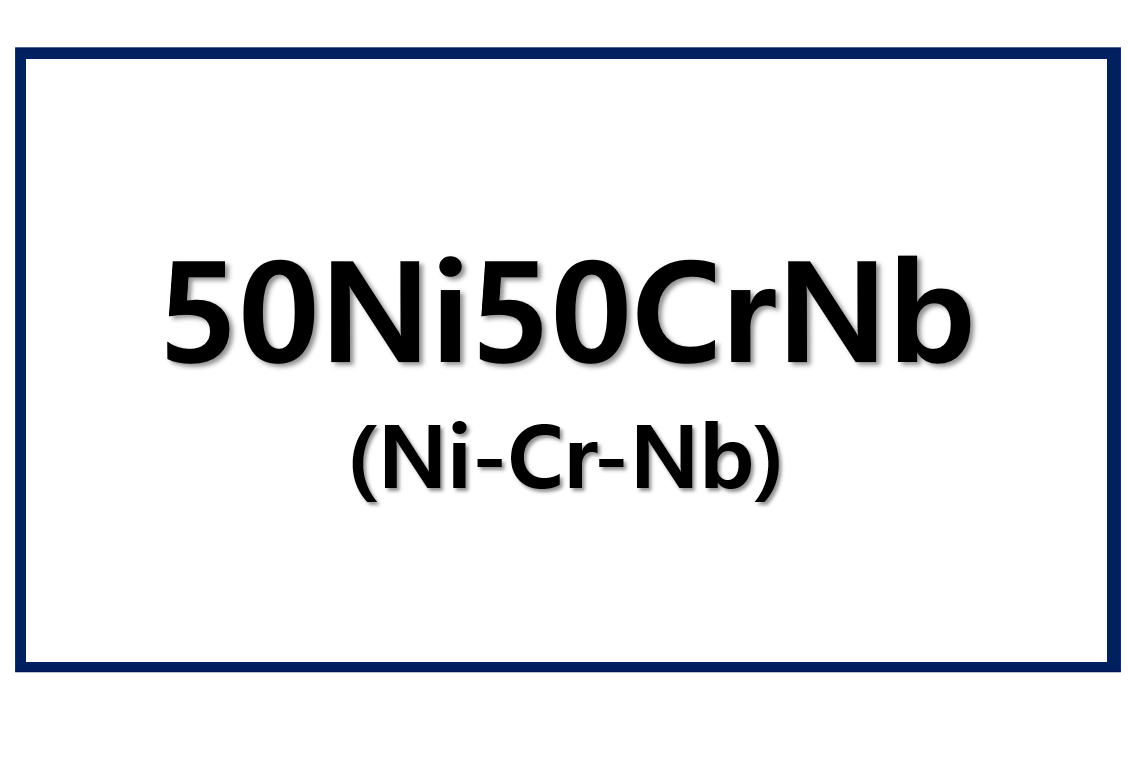
Introduction: The Global Impact of the EU CBAM
The European Union’s Carbon Border Adjustment Mechanism (CBAM), set to begin in 2025, is causing ripples across global trade. By imposing carbon pricing on imports, the EU is essentially requiring foreign goods to meet its climate standards, affecting industries such as steel, cement, and chemicals. As the EU gradually introduces CBAM, countries worldwide are reshaping their trade policies and climate strategies to cope with the new carbon pricing reality.
Responses to CBAM fall into several categories: opposition, legal challenges, and the creation of domestic carbon pricing mechanisms. Countries like China, India, and Russia have contested the EU’s new border tax, while others like the UK, Canada, and the US are considering or already developing their own versions of CBAM. These diverse reactions reflect the far-reaching implications of CBAM for both global trade and national climate goals.
Countries Contesting the EU CBAM
A significant portion of global imports to the EU, about 26.5%, comes from countries opposing CBAM. China, India, Russia, and South Africa have voiced strong concerns about the EU’s new carbon pricing mechanism, with each considering various diplomatic and legal responses. For example, India has warned that CBAM could derail its free trade negotiations with the EU, potentially leading to action through the World Trade Organization (WTO). South Africa is also contemplating filing a formal complaint against the EU at the WTO.
Russia has already initiated a formal case in the WTO against CBAM, arguing that the mechanism could be viewed as an illegal trade barrier. Meanwhile, the Chinese steel association has labeled CBAM a trade barrier and is calling for further negotiations on possible exemptions. These countries, which supply significant quantities of industrial goods to the EU, are actively seeking ways to counteract the new rules that could disrupt their export markets.
National Responses: Developing Local CBAM or Carbon Pricing Systems
While some countries contest CBAM, others are looking to implement their own carbon pricing frameworks to compete on an even playing field. The United Kingdom, Norway, and Taiwan are already preparing to introduce their own versions of CBAM, expected to launch in 2027. Similarly, the United States has proposed a “Foreign Pollution Fee,” a tariff based on the carbon intensity of imported goods. Countries like Canada, Australia, and Brazil are still in the early stages of developing their own national carbon mechanisms.
In addition to these national CBAM plans, several countries are strengthening or introducing carbon pricing systems of their own. Turkey, for example, plans to launch a national emissions trading system (ETS) by 2025. Indonesia is also preparing its national ETS, while Japan is working on a voluntary carbon trading scheme, known as GX-ETS, for businesses to buy and sell emissions allowances. Other countries like Israel and Morocco are exploring new carbon pricing mechanisms to meet their climate goals and offset CBAM liabilities.
SuperMetalPrice Commentary: Strategic Adaptation in a Changing Trade Landscape
As the EU’s CBAM begins to take effect, the global trade landscape will likely experience significant shifts. Countries contesting CBAM face the challenge of maintaining trade competitiveness while aligning with global climate goals. On the other hand, nations developing their own CBAM or carbon pricing schemes are looking to safeguard their industries and maintain access to the EU market.
Ultimately, CBAM will force governments to adopt innovative solutions that balance economic growth with environmental responsibility. The evolving responses highlight the complexity of global trade in a world where environmental sustainability increasingly drives policy decisions. For industries that depend on exports to the EU, the next few years will be critical in navigating these new challenges and adjusting to an era of carbon-conscious global trade.











Leave a Reply
You must be logged in to post a comment.